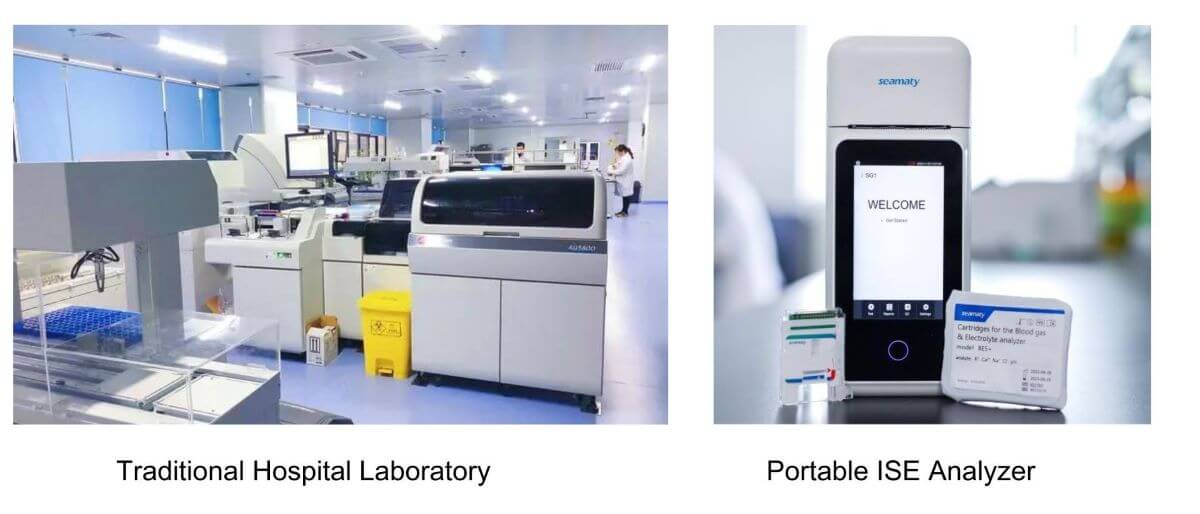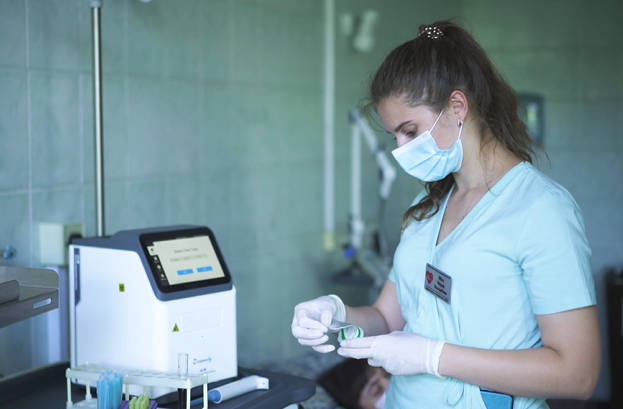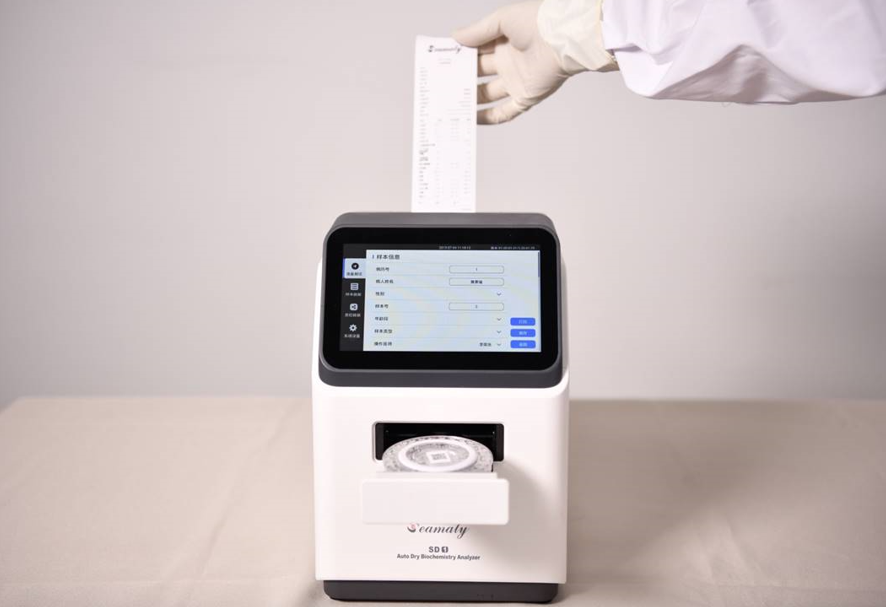release time:2024-12-12 10:17:29
Imagine this: A patient arrives in the emergency room with rapid heartbeat and confusion. Their doctor suspects an electrolyte imbalance, but traditional blood tests could take hours. Time is crucial, every minute could make a difference. Could there be a faster way?
Enter the world of portable ISE analyzers: palm-sized devices that revolutionize point-of-care testing in medicine. No longer bound to bulky lab equipment, these handheld electrolyte analyzers offer immediate results, potentially saving lives and transforming patient care. But what exactly are these miniature marvels?
But what exactly are these miniature marvels?
ISE stands for Ion-Selective Electrode. These electrolyte analyzers use specialized sensors to measure the concentration of specific ions, like potassium, sodium, and calcium, crucial for various bodily functions. Unlike their benchtop counterparts, portable ISE analyzers are battery-powered and compact, fitting snugly in a doctor's pocket.
Gone are the days of waiting hours for lab results. Portable ISE analyzers deliver results within minutes, right at the patient's bedside. This rapid turnaround time allows for faster diagnoses, immediate treatment decisions, and improved patient outcomes.
Of course, no technology is perfect. Portable ISE analyzers have their limitations. They may not measure all electrolytes, and their cost and training requirements need careful consideration. However, the potential benefits far outweigh these challenges.
The future of medical diagnostics is bright, and portable ISE analyzers are at the forefront. Advances in miniaturization and multi-parameter analysis promise even greater capabilities, paving the way for a future where the lab truly goes to the patient.
This revolution is not just about technology, it's about people. It's about empowering healthcare professionals to make faster, more informed decisions, and ultimately, about improving the lives of patients around the world.
So, the next time you imagine a doctor, picture them not just with a stethoscope, but with a portable ISE analyzer in hand, a symbol of the future of healthcare, where the lab truly comes to the patient.
Related further reading:
1. Roche 9180 vs. Seamaty SE1: Analyzing Electrolyte Analyzers for Near-Patient Testing
2. A Cost-Effective Alternative to the Abbott i-STAT: Seamaty SG1 Blood Gas&Electrolyte Analyzer
3. Enhancing Patient Care with Seamaty SE1: A Handheld Electrolyte Analyzer for Every Setting
4. How to Choose the Perfect Electrolyte Analyzer for Your Small to Mid-Sized Clinics?
5. Electrolyte Analyzer: Introduction, Principle, How to Use
6. 7 Reasons Why SE1 Handheld Electrolyte Analyzer Outperforms Traditional Models
7. Disadvantages of Electrolyte Analyzers and How SE1 Handheld Electrolyte Analyzer Shines
8. Streamlined User Guide for the Seamaty SE1 Handheld Electrolyte Analyzer
9. Top 8 Blood Gas and Electrolyte Analyzers in 2024: Brands, Features, Prices

2025-01-14
Discover the differences between dry chemistry and wet chemistry analyzers, their applications, and the innovative Seamaty SD1 dry chemistry analyzer. Explore precision and efficiency in chemical analysis today.

2024-01-16
Explore the 14 crucial factors impacting the precision of veterinary biochemical analyzers. From animal-related variables to species-specific considerations, learn how to ensure accurate results for informed healthcare decisions in animal medicine. Discover insights for maintaining instrument accuracy and minimizing operator errors in this comprehensive guide.

2022-04-28
A chemistry analyzer/biochemistry analyzer is an instrument that uses the photoelectric colorimetric principle to measure a specific chemical composition in body fluids.